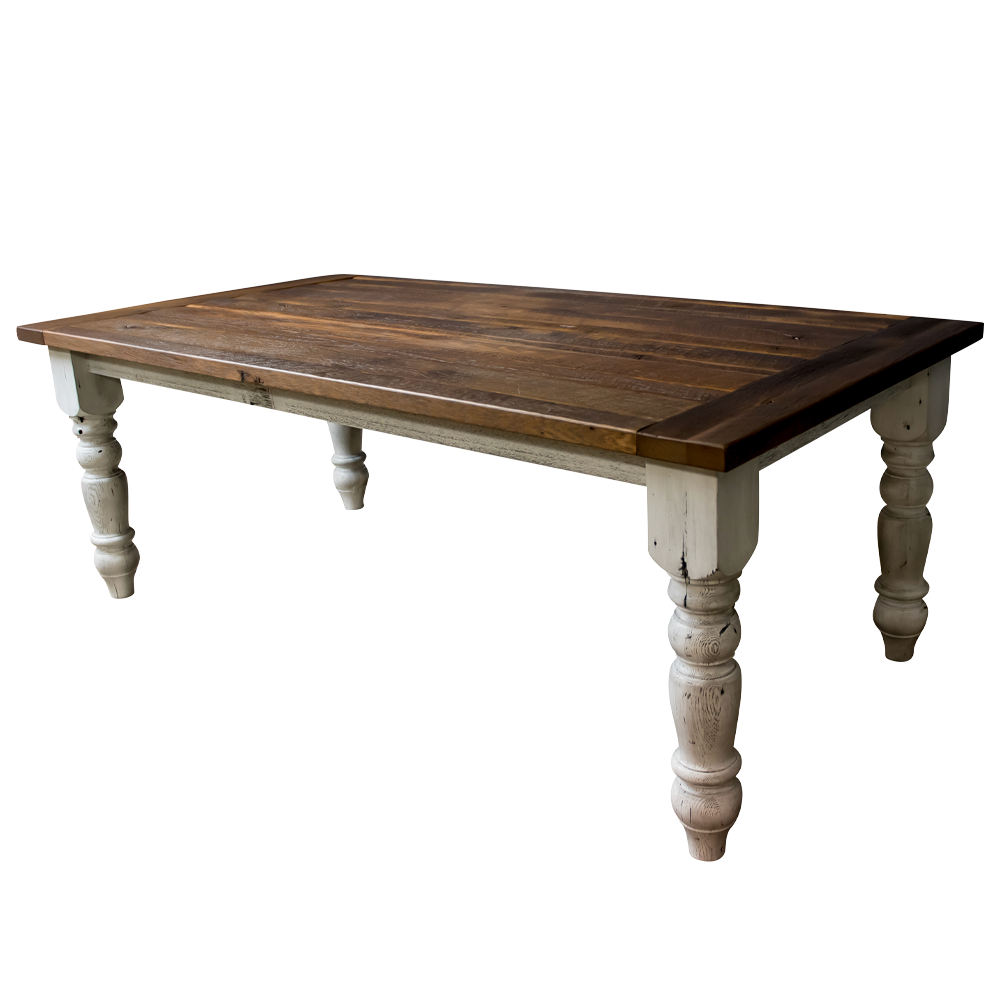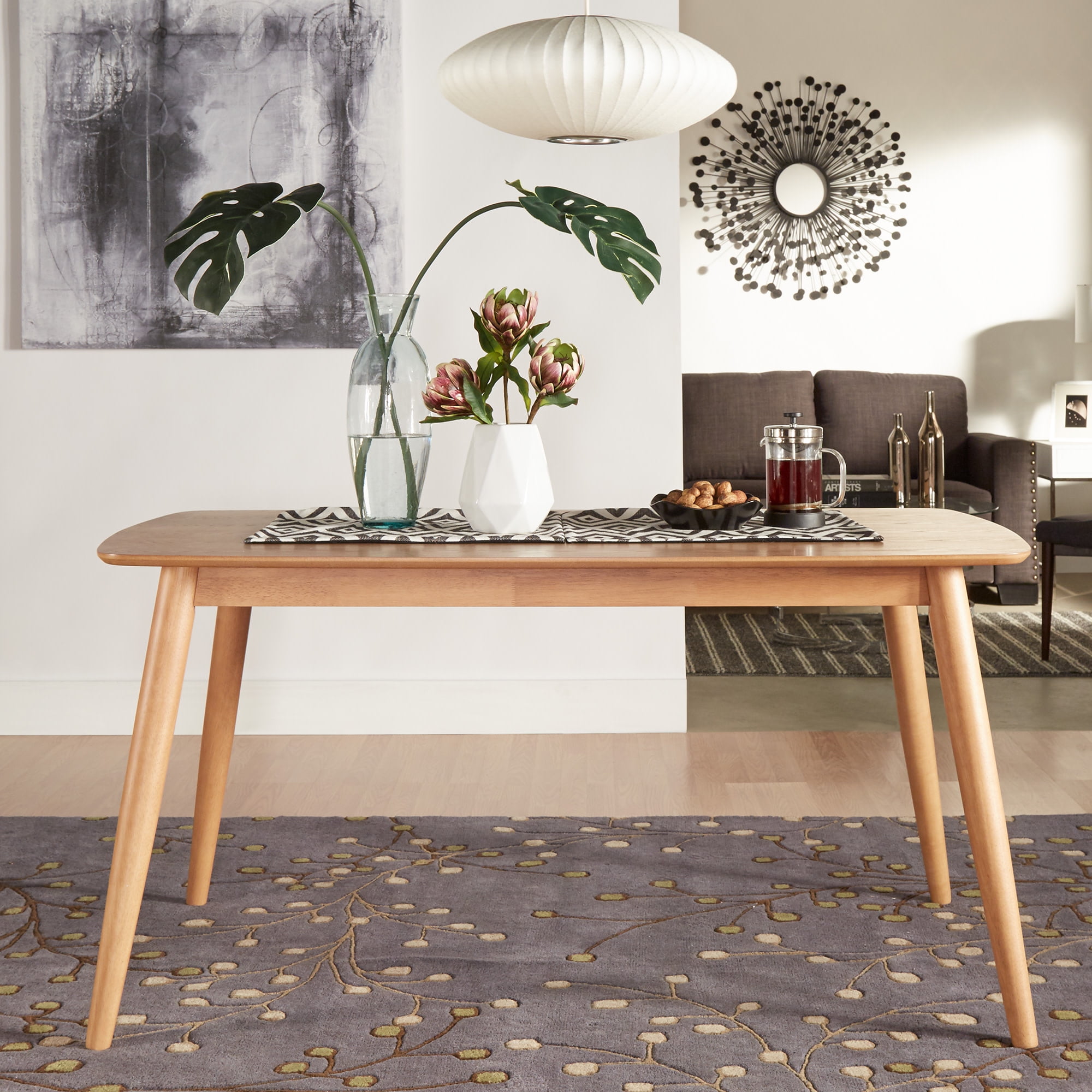Boost Your Dining Room's Aesthetic with High-grade Dining Table Legs Wood
Checking Out the Different Kinds Of Table Legs Timber for Your Eating Space
The selection of table legs timber can greatly influence both the aesthetic and functional top qualities of your eating room. Strong timber options, such as oak and walnut, provide a timeless look with unrivaled resilience, while crafted wood choices offer cutting-edge designs that resemble the richness of all-natural grains. In addition, the growing fad of recovered timber introduces a sustainable component that charms to eco conscious consumers. As we check out these various choices, it comes to be vital to take into consideration not only the aesthetic allure but likewise the sensible implications of each product selection. What elements should assist your choice?
Strong Timber Options

Furthermore, solid wood is renowned for its strength and longevity. Unlike engineered materials, strong timber is much less prone to warping and damage gradually when properly maintained. This makes it an excellent choice for families or those who often organize celebrations. Each item of strong wood is unique, showcasing private features that contribute to the charm and character of the dining table.
In addition, strong timber can be completed in many methods, ranging from all-natural oils to tarnished surfaces, permitting home owners to individualize their furniture to match their decoration. In recap, choosing solid timber for eating table legs not only makes sure structural stability however also improves the visual appeal of the eating location, making it a beneficial financial investment for any kind of home.
Engineered Timber Alternatives

Plywood, constructed from numerous layers of timber veneer, is specifically strong and stable, making it a superb option for dining table legs. Its split structure allows it to hold up against modifications in humidity and temperature level much better than traditional strong wood. MDF, on the various other hand, provides a smooth surface area for painting or veneering, making it possible for designers to attain a refined appearance while preserving architectural stability.
When choosing crafted timber choices, it is essential to think about the designated use and preferred visual. These products not just boost the capability of eating areas but also allow for greater style adaptability, guaranteeing that contemporary and standard designs can exist together harmoniously.
Reclaimed Wood Features
Recovered wood offers an one-of-a-kind mix of sustainability and personality, making it a significantly preferred selection for eating table legs. Sourced from old barns, factories, and other structures, reclaimed timber personifies a background that new materials merely can not reproduce. Each piece brings its own tale, noted by unique imperfections, knots, and varying grain patterns, which add to a table's special aesthetic appeal.
Along with its aesthetic appeal, reclaimed wood is an eco pleasant choice. By repurposing previously made use of products, it decreases the need for brand-new lumber, thus helping to minimize and preserve forests waste. This lines up with a growing customer choice for sustainable practices in furnishings.
Additionally, recovered timber is typically more durable than freshly gathered timber because of its age. The natural drying out process that recovered wood goes through results in a denser and more powerful material, making it less read this post here prone to warping and splitting. This boosts the longevity of eating tables, allowing them to stand up to the rigors of everyday use.
Softwood vs. Hardwood
When selecting dining table legs, comprehending the distinctions in between softwood and wood is essential for accomplishing both useful and visual objectives. They typically exhibit a more rustic appearance, making them appropriate for laid-back or country-style eating areas.
On the various other hand, woods, sourced from deciduous trees like oak, maple, and cherry, are renowned for their density, strength, and sturdiness. The complex grain patterns and abundant colors of woods supply a innovative and classic allure, making them ideal for formal eating settings. While hardwoods have a tendency to be a lot more costly and much heavier, their durability against damage often justifies click reference the financial investment.
Inevitably, the selection between softwood and hardwood for eating table legs need to straighten with your style vision, usage needs, and budget, ensuring that your eating area mirrors your individual style while remaining useful gradually.

Therapies and coatings
The visual charm and durability of table legs can be considerably improved through various finishes and therapies. These procedures not only secure the wood from damage yet additionally boost its appearance, enabling it to complement varied interior designs.
One usual therapy is staining, which permeates the wood and enhances its natural grain while adding shade. Discolorations supply an abundant, stylish look, enabling homeowners to match their furnishings with existing decoration. On the other hand, clear surfaces such as polyurethane or varnish create a safety layer without changing the wood's initial color, guaranteeing sturdiness against damage.
In addition, natural oils, like tung or linseed oil, nourish the timber and provide a refined shine, all while being environmentally friendly. These oils allow the surface area to breathe, preventing dampness buildup and possible warping.
For those seeking a rustic charm, troubled or weather-beaten finishes can be used to develop an aged appearance, including personality to the item. Inevitably, the selection of coatings and treatments depends upon individual preference, wanted aesthetics, and the certain timber type, making it necessary to consider these variables when choosing dining table legs for your space.
Conclusion
To conclude, the option of eating table leg materials dramatically influences both the visual and practical aspects of an eating area. Solid woods, crafted options, and reclaimed choices each offer unique advantages, dealing with different choices and requirements. Understanding the differences between softwoods and hardwoods, together with appropriate coatings and therapies, enables educated decision-making. Eventually, the choice of wood type need to align with desired style, toughness, and ecological factors to consider, boosting the general dining experience.
The selection of dining table legs timber can profoundly influence both the practical and visual high qualities of your dining area his explanation - Dining Table Legs Wood. Strong wood choices, such as oak and walnut, offer a traditional look with unparalleled toughness, while engineered timber options use ingenious styles that mimic the richness of natural grains. Strong wood offers an ageless quality that can raise the overall design of a dining space. Each piece of strong timber is distinct, showcasing individual qualities that include to the beauty and personality of the dining table
Furthermore, redeemed wood is often a lot more resilient than recently harvested wood due to its age.